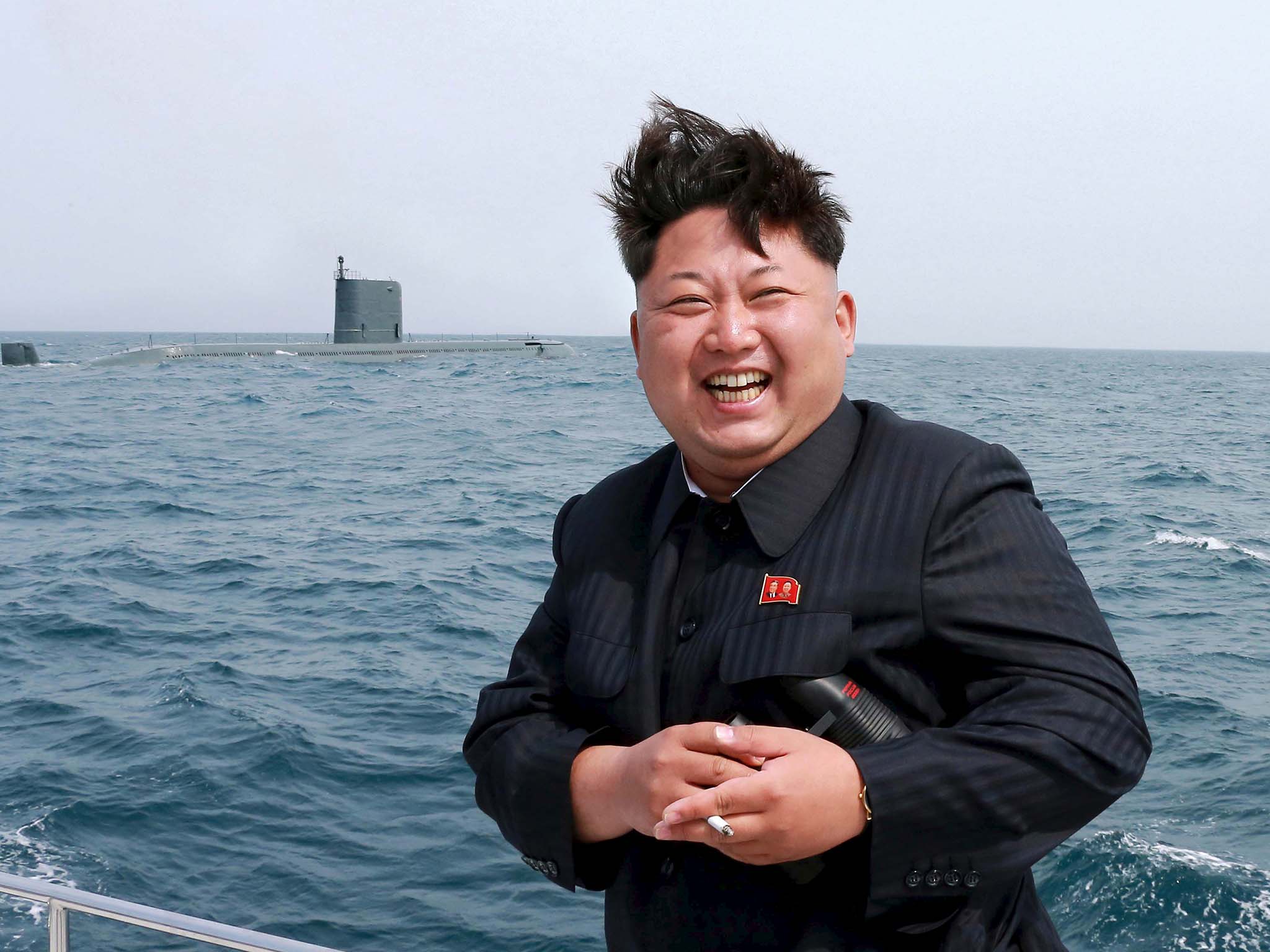
North Korea’s continued testing of nuclear weapons and expanded submarine-launched ballistic missiles threaten not only the South Korea, United States forces on the peninsula, and Japan but the global community, one of Seoul’s senior defense acquisition planners told a Washington forum Monday.
“Bilateral and multilateral cooperation is needed” to counter Pyongyang’s defiance of U.N. security resolutions to end those programs, Kim Il Dong, director general of the acquisition planning bureau in its Defense Acquisition Program, said at the Center for Strategic and International Studies(CSIS), a Washington, D.C., think-tank.
In his presentation, he said Japan and Singapore and possibly one or two others could come together with Washington and Seoul on how best to deal with North Korea. A forum for that to start could be U.S. Pacific Command’s 2017 conference to discuss regional security issues.
Last week, PACOM commander Adm. Harry Harris said he advocates the creation of more multilateral defense agreements, particularly ones with an eye toward detering North Korea.
On Monday, Kim said that needs to happen despite “the global economy . . . not doing all that well” at a time when security demands are rising. “Multilateral cooperation cannot be confined to R&D,” he said in answer to a question. “We have to view it in terms of a threat from North Korea” to a number of nations in the Pacific across broad domains.
Other panelists added cyber to the threats that North Korea poses internationally. In the past, the United States has accused Pyongyang of hacking Sony Entertainment’s website, and South Korean officials said some of its agricultural development websites have been hacked.
Greg Sanders, from CSIS, said, “International security is hard to do and joint development [such as the F-35 fighter] is even harder.” He said compartmentalizing work—such as in robotics or unmanned systems—for cooperation is the best way to proceed, but “not good for moonshot” large joint development projects.
The incoming Donald Trump administration “has not expressed a strong interest” in cooperation programs, he added. Sanders noted that moving to a 350-ship Navy and increasing the size of the active-duty Army and Marine Corps would put more pressure on Pentagon spending on research and development.
South Korea developed that technology to counter the submarine threat from Pyongyang.
Seoul’s “ability in shallow waters to detect submarines [is done] better because that’s what we concentrate on,” Kim Il Dong said.
He estimated that the Republic of Korea is “about 20 percent behind the U.S. in defense technology,” but it does not want to limit its work to areas where it already has experience and expertise.
Kim Chansoo suggested creating a special subcommittee from existing agencies to better share information between the United States and South Korea and stepping up exchange programs of scientists and engineers between the two nations.
“Just good will is not enough,” he said.
Kim Il Dong added, “We have shared something special half a century or more.”





